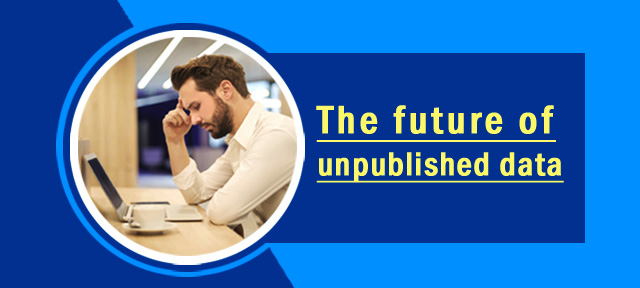A common observation in a scientific fraternity is “pilling of scientific data in a computer of hard disk” due to lack of getting published. Now the question arises, why the pieces of hard derived work can’t make it up to the socio-scientific floor? Partial conceptualizations, insufficiency to be prescribed as a full-length paper, inability to address peer review comments, or issues pertaining to the reproducibility of data are among the few grave hindrances crippling the scientific article.

Unpublished scientific data shall die out?
Alessandro Diana, a paediatrician cum is the founder of the novel site for journal Unpublished Articles in Science (UNAIS) has unusual interesting achievements. USAIS is serving as a foster father to the scientific data which were lying ideal in computer hard disk.
Applicability of UNAIS:
ARTICLE REJECTION doesn’t be disheartened! Poor language usage, work concept is so-so or lack of addressing peer review comments can break an article. But, with concepts like UNAIS, unfinished or rejected article which fail to land in peer-reviewed scientific journals can be displayed for discussion, learning, and improvisation. Furthermore, may generate de novo scope of intervention. They can be used as a training module or can pave towards collaboration or extension of a modified version of the fallen project.
Conclusion: A bad paper to criticize is a learning platform to develop the capability to sharpen one’s analytical and writing skills.

